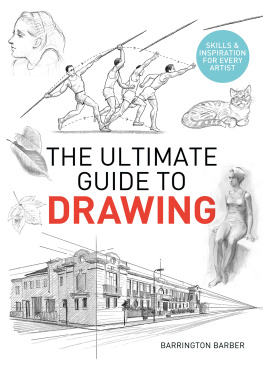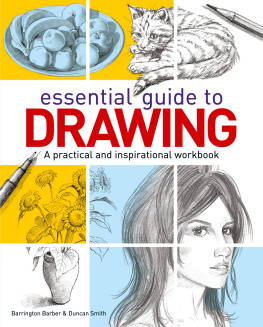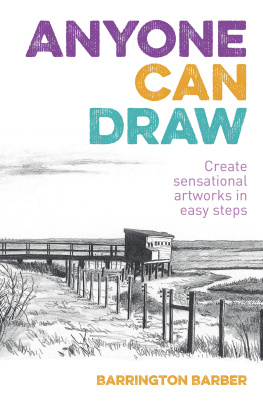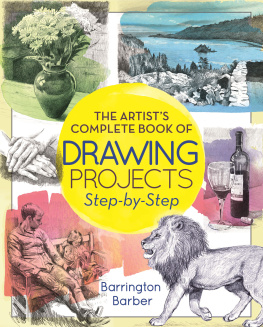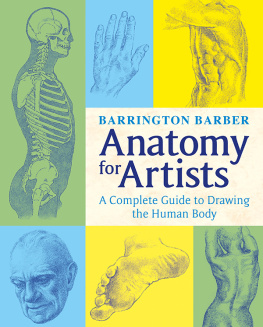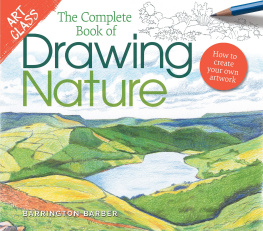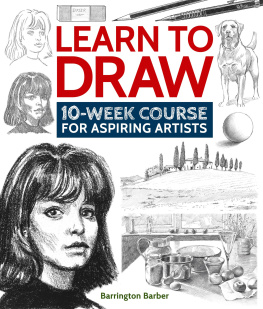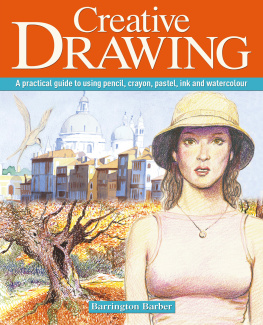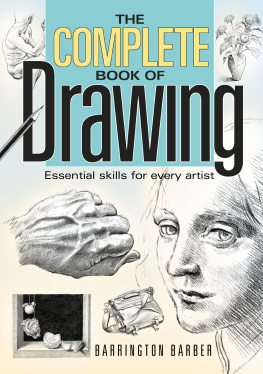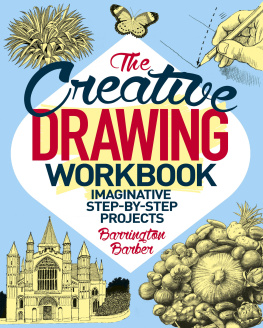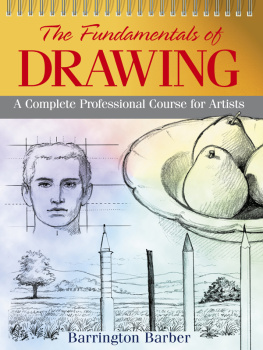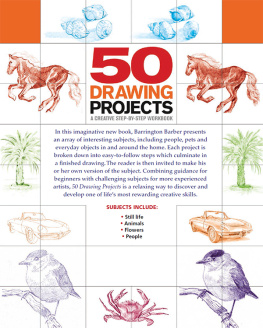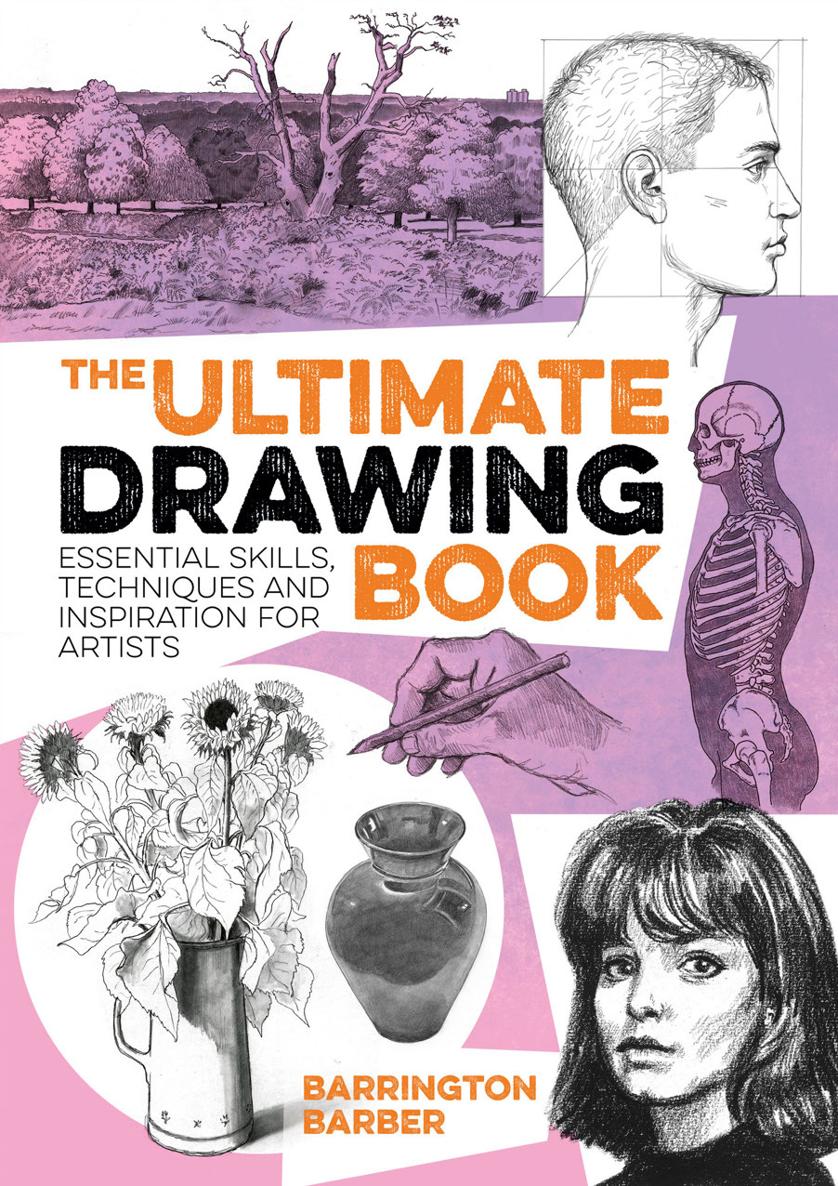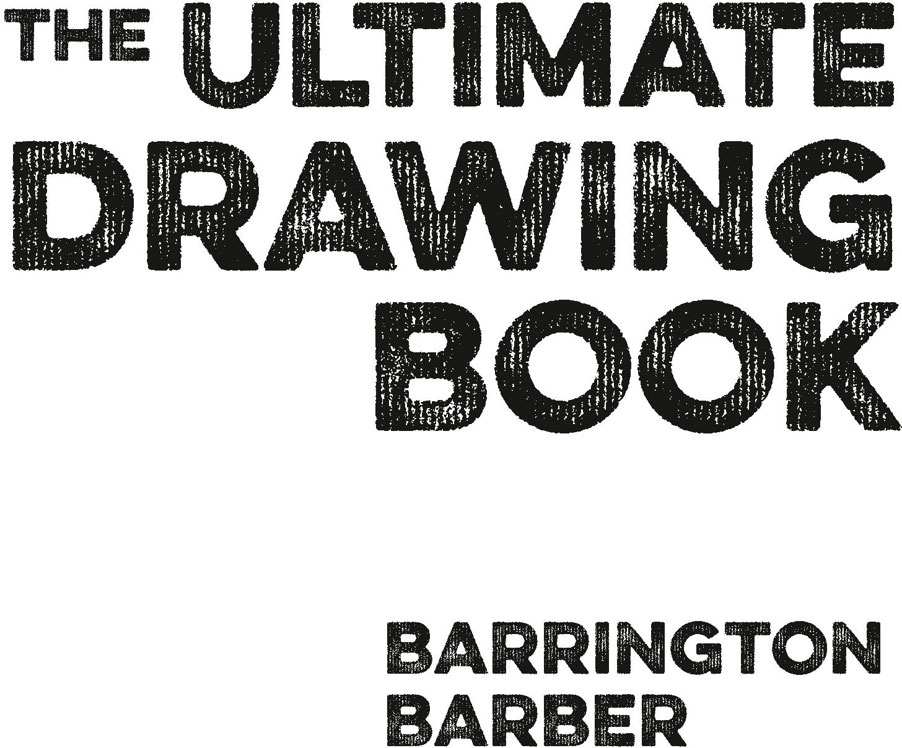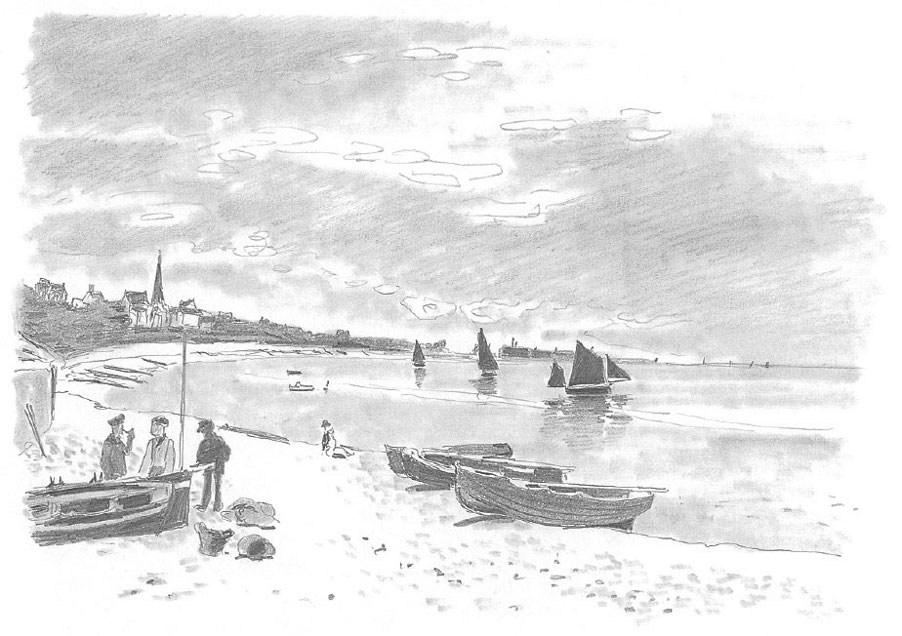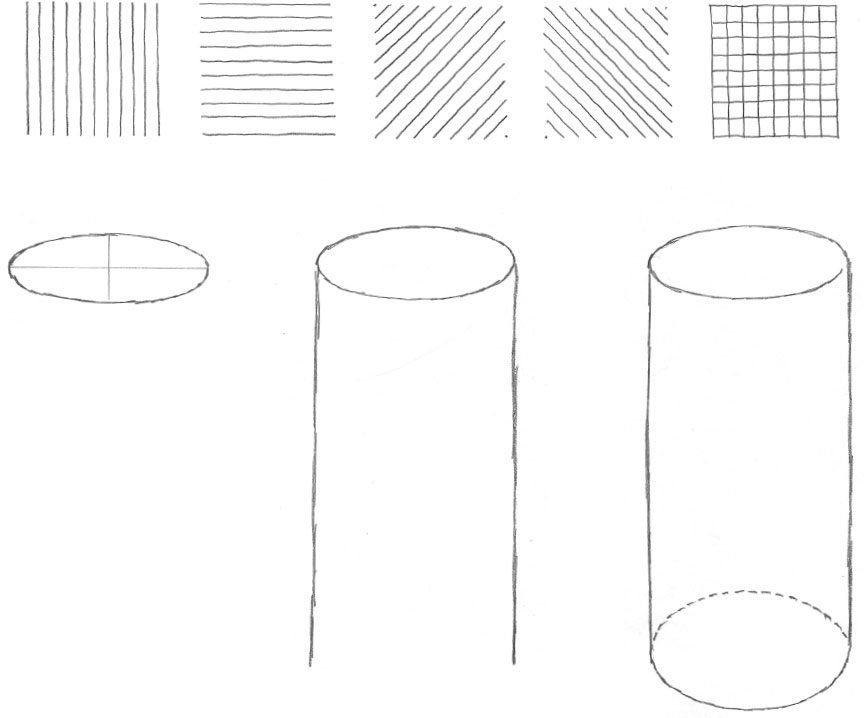Contents
Introduction
Basics
First Steps
Still Life
Exploring Textures
Combining Objects
Themes and Composition
Bringing It All Together
Landscapes
Starting Points
Structure and Anatomy of Landscape
Basic Elements of Landscape
Manipulating Space
Creating a Landscape
Figures and Faces
Understanding Anatomy
Drawing from Life
Composition
Figures in Action
Figures in Detail
Drawing Portraits
Self-portraits
Introduction
Arguably the oldest art form in the history of civilization, drawing involves representing the three-dimensional world in two dimensions. The earliest examples of drawings are found in cave paintings, in which early humans made visual records of the world around them, including animals, plants, people and events. By 3000BC, Ancient Egyptians were decorating the walls of their temples and tombs with drawings depicting their daily life, and then the Ancient Greeks began making elaborate drawings on their pottery vases.
Paper as we know it was invented around 1300, and by the 15th century a dramatic shift occurred in European history with the onset of the Renaissance. This cultural movement brought with it a renewed interest in science, art, music and religion, and art became a respected and highly skilled profession. Draftsmen or masters of drawing such as Leonardo da Vinci and Michelangelo emerged, and produced masterpieces depicting the human form.
By the 16th century, along with the rise of the academies, sets of strict rules were introduced into the discipline of drawing. Trainee artists learned their trade by copying other artists works, and rules governing facial expressions and body positions were strongly enforced. There was a reaction against these rules in the 18th century, and the Romantic artists became much softer and freer in their artworks. Drawing styles continued to diversify, with some artists favouring a rigorous, classical approach and others a more realistic look through working directly from nature.
Today, drawing can follow any style and is often used to convey personal expression and emotion. The materials used to create pictures are wide and varied, as are the sizes and shapes of the paper you can use. But there is one thing that has never changed: the all-important need to observe and practise.
This book is a complete practical guide to the art of drawing, taking the reader from the very first steps such as choosing a pencil through to completing a full-scale, finished drawing. The first chapter sets out all the tools and materials you will need. There is information about pencils, cont crayons, graphite, pens, pastels, chalk, charcoal, brushes, stumps, paper, erasers and sharpeners, as well as practical exercises for getting to grips with the basic techniques of drawing: pencil shading, cross-hatching, using pen and ink, shading with chalk, using brush and wash, trying your hand at scraperboard, and creating objects that appear to be three-dimensional.
Having worked through the basics, the book then covers the three most popular types of drawing: still life, landscapes, and figures and faces. Within each chapter, the author provides examples of illustrations showing the key features to focus on, with different viewpoints of the same subjects, pitfalls to avoid and step-by-step exercises to hone your skills.
From a rural Italian vista following the style of Leonardo, a charming portrait of three dancing girls following Rubens, or a few random apples and bottles from the authors own kitchen, a wide variety of examples and exercises are given, and can be referred to again and again to help you become a better artist. By practising and repeating the exercises within these pages, youll soon discover that your drawings start coming to life.
Basics
When beginning your journey as an artist, you first need to think about your tools and materials, and how to use them. This chapter explores the main items every artist needs in their toolkit, including pencils, cont crayons, graphite, pens, pastels, chalk, charcoal, brushes, stumps, paper, erasers and sharpeners. For each item, there are hints and tips about sizes, thicknesses, colour qualities and the best ones to try. Next, there are sets of exercises that will help you practise your drawing techniques, from making simple lines with pen and ink through to three-dimensional shading to produce realistic images. Whether youre a complete beginner or an experienced artist, you should come back to these exercises again and again to refine your skills.
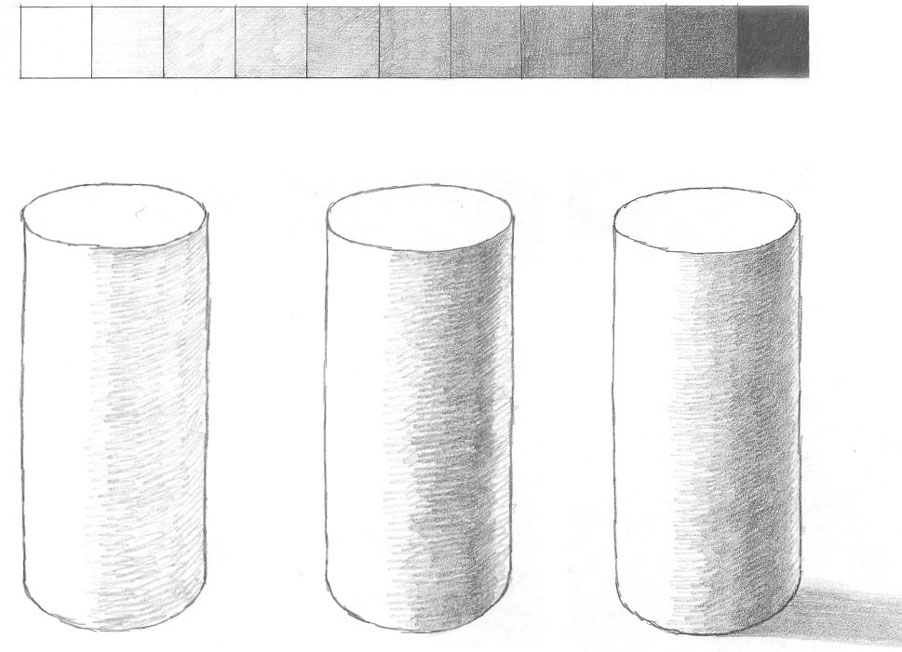
First Steps
In this first chapter of the book you will find a range of different exercises, beginning with the extremely basic. The aim is to prepare you for drawing actual compositions. Before the composing of any picture can be effective, the artist needs to work hard to ensure that the quality of their drawing has reached the point where they can concentrate on the design of the picture and not be concerned about the details of drawing the objects or people within it. Looking carefully at the subject of your picture before you start to draw is a very good routine to adopt.
Give yourself plenty of practice in making careful drawings from observation. This involves correcting mistakes, leaving out parts that dont work and redrawing until the object on your paper begins to resemble what you actually see. The process outlined is slow and painstaking. If adopted, it is the foundation for a really impressive drawing procedure which should soon produce an improvement in technique.
Drawing materials
Any medium is valid for drawing still lifes, landscapes, figures and faces. That said, some media are more valid than others in particular circumstances, and in the main their suitability depends on what you are trying to achieve. Try to equip yourself with the best materials you can afford; quality does make a difference. You dont need to buy all the items listed below, and it is probably wise to experiment gradually as you gain in confidence.
Start with the range of pencils suggested, and when you feel you would like to try something different, then do so. Be aware that each material has its own identity, and you have to become acquainted with its individual facets before you can get the best out of it or discover whether it is the right material for your purposes.
Pencil
The normal type of wooden-cased drawing pencil is, of course, the most versatile instrument at your disposal. You will find the soft black pencils are best. Mostly I use B, 2B, 4B and 6B. Very soft pencils (7B9B) can be useful sometimes, and harder ones (H) very occasionally. Propelling or clutch pencils are very popular, although if you choose this type you will need to buy a selection of soft, black leads with which to replenish them.


